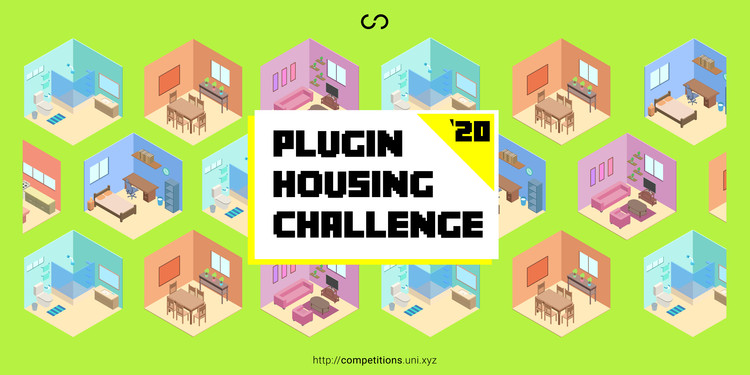PREMISE
Humankind has lived and worked primarily in rural areas. But now, more than half of the globe’s population, will be living in towns and cities. The number of urban dwellers is rising, reaching almost 32% of total world population, and 68% by 2050. It is estimated that 900 million urban dwellers and over one billion rural people now live in overcrowded and poor quality housing without adequate provision for water, sanitation, drainage or the collection of household waste.
Even renting affordable houses in the world’s largest cities is impossible and people have to resort to long commute hours to reach their workplace. A remedy for such conditions is required on a large scale that tackles with the issue of housing for low income groups residing in urban areas.
A possible long-term solution would be to design compact housing units that are affordable for construction as well as usage. Compact Housing can also be referred to as micro or capsule housing. This concept has been derived from the necessity of providing a shelter along with basic facilities for its users. It is a small, self-contained, single or double occupancy unit, typically in urban crowded areas.

CHALLENGE
The challenge is to design micro/compact housing units of single and double occupancy that can be plugged in together depending on the demand of the urban locality. These units must be modular in nature ready to be plugged in together to form blocks of not more than 100 units each.
The participants are expected to conceptualize complete functional blocks which would include interactive areas/common service areas and corridors for circulation. The units can be technology driven and added or subtracted from one block to another depending on the demand of the locality.
Source: archdaily





